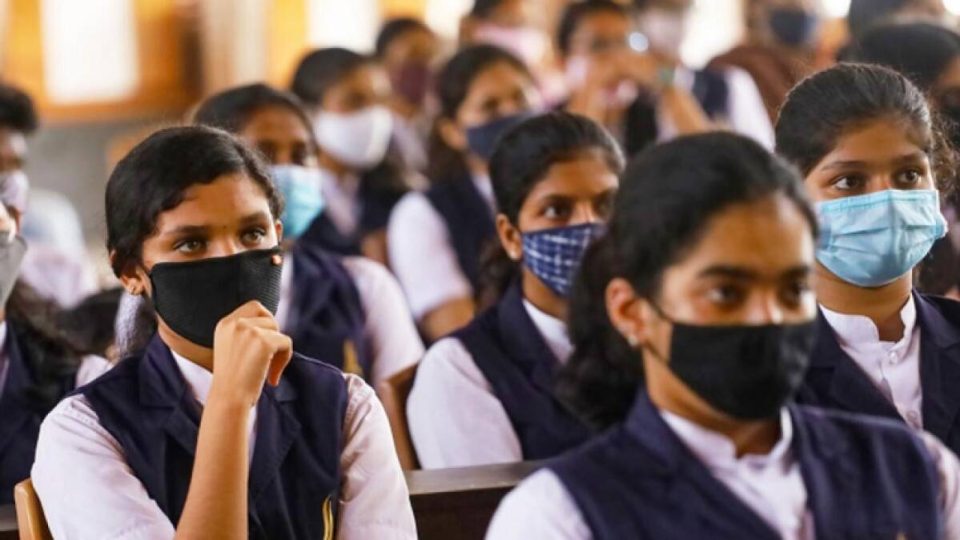
No data to gauge impact of pandemic on children's education: Economic Survey
There is no data to gauge the impact of school closures on children’s education during the Covid-19 pandemic, the government said in the Economic Survey 2021-22, released a day ahead of the 2022 Budget.

There is no data to gauge the impact of school closures on children’s education during the Covid-19 pandemic, the government said in the Economic Survey 2021-22, released a day ahead of the 2022 Budget.
“The pandemic has had a significant impact on the education system affecting lakhs of schools and colleges across India. Since the data from Ministry of Education is only available up to 2019-20, the impact of pandemic on enrolment and dropout rates during pandemic years, 2020 and 2021, could not be assessed through comprehensive official data,” stated the Economic Survey laid out by the Finance Minister Nirmala Sitharaman on January 31.
Ever since Prime Minister Narendra Modi announced the lockdown due to the pandemic on March 24, 2020, schools and colleges have been shut intermittently. Most classes are being held online.
While colleges resumed after a break, schools were opened for class 9 and above but shut and opened for those below due to Covid waves.
Also read: Tamil Nadu’s Education At Doorstep scheme ‘tailor-made for state’
There have been challenges in “continuity of education”, the government said, adding that no centralised data were available to understand how deep the learning losses run.
“It is difficult to gauge the real-time impact of repeated lockdowns on education sector because the latest available comprehensive official data dates back to 2019-20,” the Survey said.
It however cited data from the Annual Status of Education Report (ASER) 2021, to understand certain issues.
While the enrolment of children in 15-16 years age cohort improved, the number of children not studying in schools in rural areas saw an increase from 2.5 per cent in 2018 to 4.6 per cent in 2021. The decline was higher among the 7-10 year age cohort and among boys too.
The ASER report also noted that a significant number of children in rural areas moved out of private schools to government ones during the pandemic.
A key cause of this is the loss of livelihood among parents of these children during the pandemic which resulted in them having lower amount of money to spend on education.
Digital divide continues
The digital divide continued to create a wedge among students even though the availability of smartphones or devise increased from 36.5 percent in 2018 to 67.6 percent in 2021. Despite this, many students in lower grades and rural areas found it difficult to do online activities.
Non-availability of smartphones, non-availability of phone for child to use, and network or connectivity issues were the challenges faced by children, the survey said quoting the report, the Survey said quoting the ASER report.


